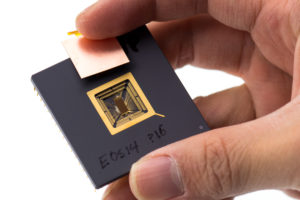Planned obsolescence
Obsolescence describes the process of a device becoming unusable for its original functionality, usually caused by aging, often abbreviated as EOL, End of Life. In the case of software, this includes, among other things, the lack of updates. Since smartphones are delivered with software, obsolescence here affects both the hardware function and the software.
Planned obsolescence refers to a lifetime of a device planned and conceptually determined by the manufacturer. This theory is quite widespread with regard to printers that cease to function after a number of pages specified by the manufacturer and thus reach the end of their life, with the aim that the user purchases a new device.
Manufacturers of smartphones are also accused of this. For example, Apple has admitted to throttling the performance of older iPhones on the grounds that the (aged) battery would then last longer. Others, however, accuse Apple of trying to entice owners to buy a new device.
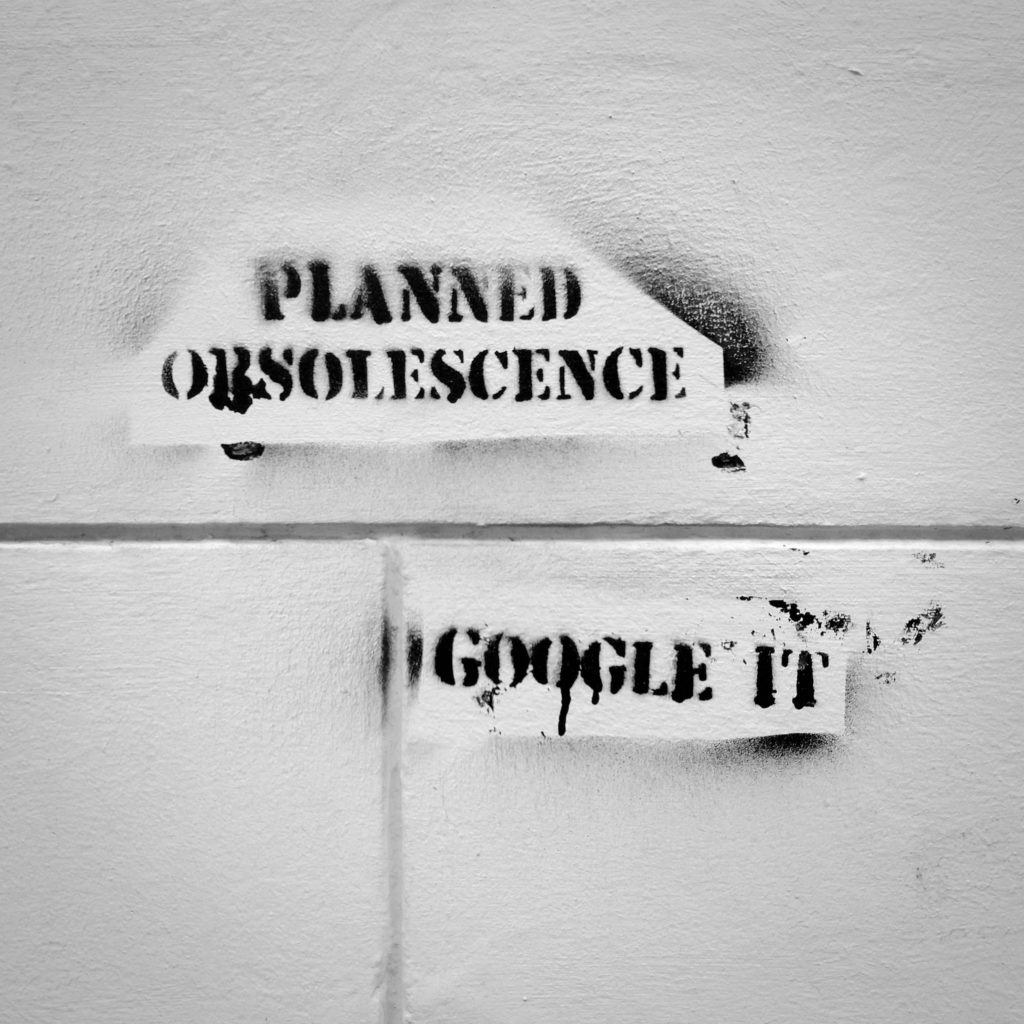
Another proof of the planned obsolescence of smartphones can be seen in the availability of spare parts. Since there are hardly any original spare parts for smartphones, they cannot be repaired. Many users have to buy a new device again.
As mentioned at the beginning, obsolescence also includes the lack of updates. Devices cannot be used safely online without updates, and this is precisely one of their core functions. This can be quite risky with non-updated systems. To be able to continue to use Internet content safely, users are forced to purchase a new device if security-relevant updates are not available.
Right to Repair
Similar to the demand for long-term updates is the demand for a right to repair. Batteries should be replaceable and purchasable to keep smartphones usable for a long time. This is also stated by the EU Commission in its new action plan for the circular economy.
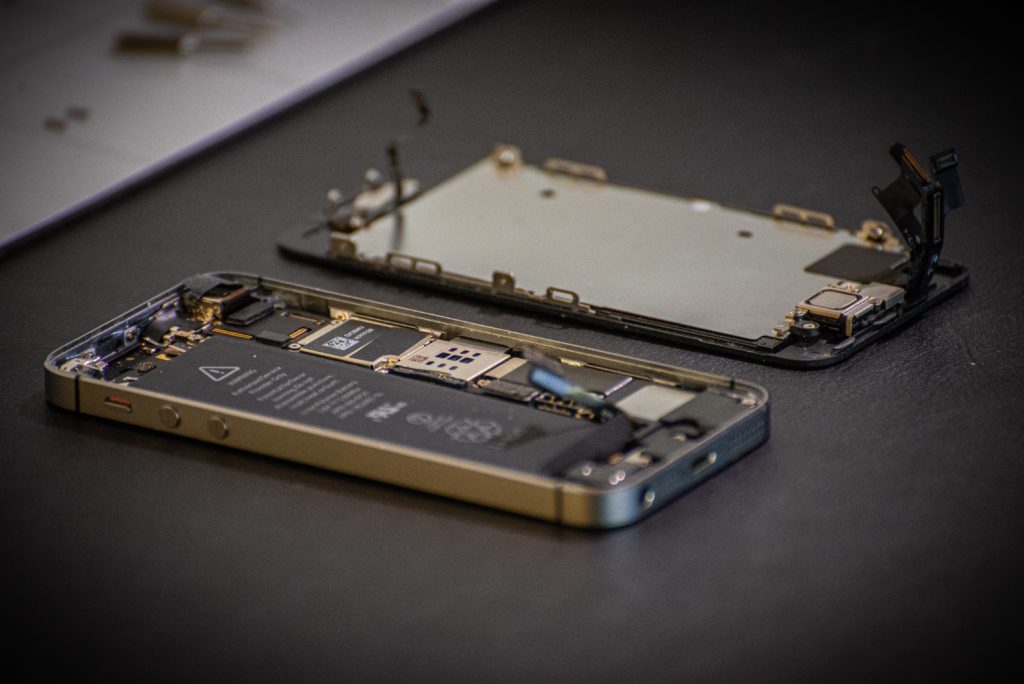
If this means that devices can be used for longer, a right to updates will again become relevant in order to ensure safety during longer use. This is also already indicated in a sub-section of the new action plan for the EU Circular Economy, under point 3.1, “Focus on electronics and ICT as a priority sector for implementing the “right to repair”, including the right to update outdated software”. The implementation of such an action plan would be an important step toward more sustainable use of smartphones.
Conclusion
However complex it seems to deploy these idealistic things in real life, it is already happening around us. One good example is a small Dutch smartphone company called Fairphone. It was founded as a startup with help of Waag, a Dutch Foundation.

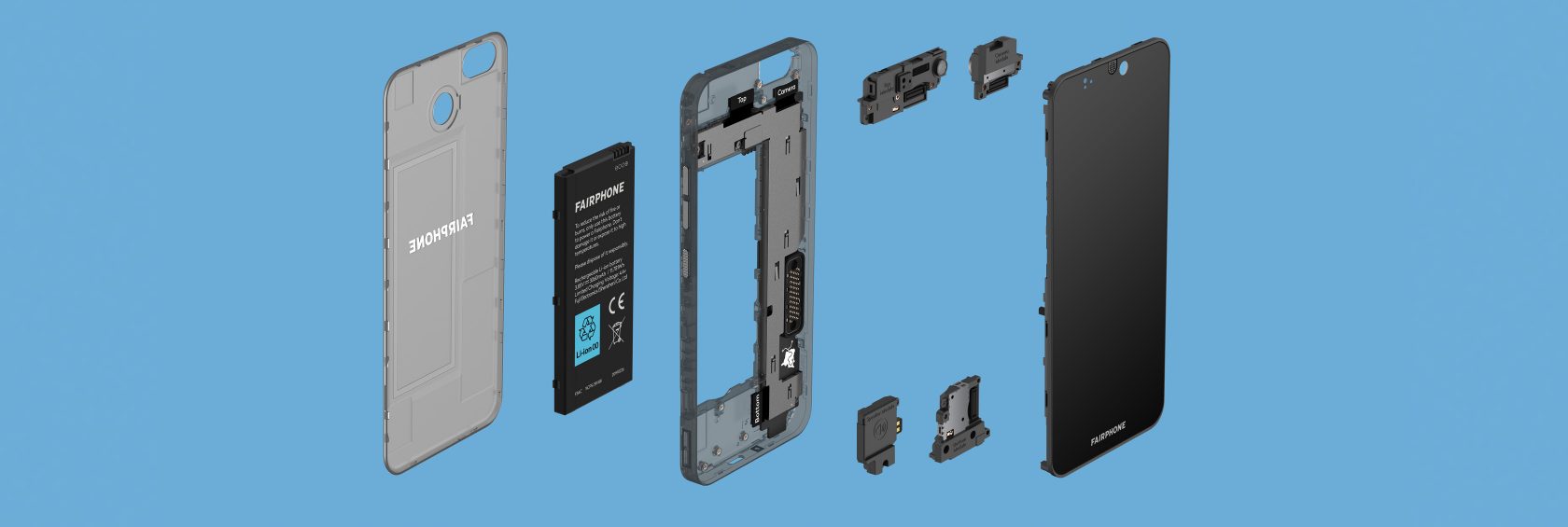
Fairphone aims to develop and design sustainable smartphones that last long and let us all live long by putting in maximum efforts to protect mother nature.
Longevity is key: the longer your phone lives, the more the planet prospers
Source: Fairphone.com
Fairphone made an unprecedentedly move as a smartphone company that do not wish to use any of the conflict minerals like gold, tin etc. Further, it being a social enterprise company promotes fair labour conditions for the workforce throughout the supply chain. Company’s 2nd major release called FairPhone 2 is one of the first modular smartphone available for purchase, designed to be easily repaired and upgraded. It is an important step towards sustainability of smartphones. Fairphone has succeeded in becoming first smartphone company to receive many certifications and awards for releasing an environment and consumer friendly smartphone from different continents including the US and EU.
The Fairphone 2 was the first smartphone to be awarded with a 10/10 score at iFixit for repairability.
This small Dutch company is not just about improving ratio of conflict-free material or using more post-consumer recycled plastics in their smartphones or advocating for better pay and work conditions for their workforce at all levels. There is even more. It actually does what it says. It is not about getting a new shinny phone to get better picture quality just because the new iPhone was also made with some recycled material somewhere. Fairphone truly focuses on letting you keep the smartphone for as long as possible to reduce co2 emissions in real life with real modules that you could swap in with help of a screw driver. So, the whole idealistic talks were not confined to the papers only.
Fairphone released new camera modules that you could swap in easily in your old Fairphone for better picture quality unlike with iPhone. All you need is a screwdriver and fairly affordable modules.

This is not it. There is more. Fairphone happens to entertain alternate OS efforts including Android based custom ROMs like /e/OS and has partnered with them to introduce a Fairphone 3 with a privacy friendly /e/OS pre-installed on the device.
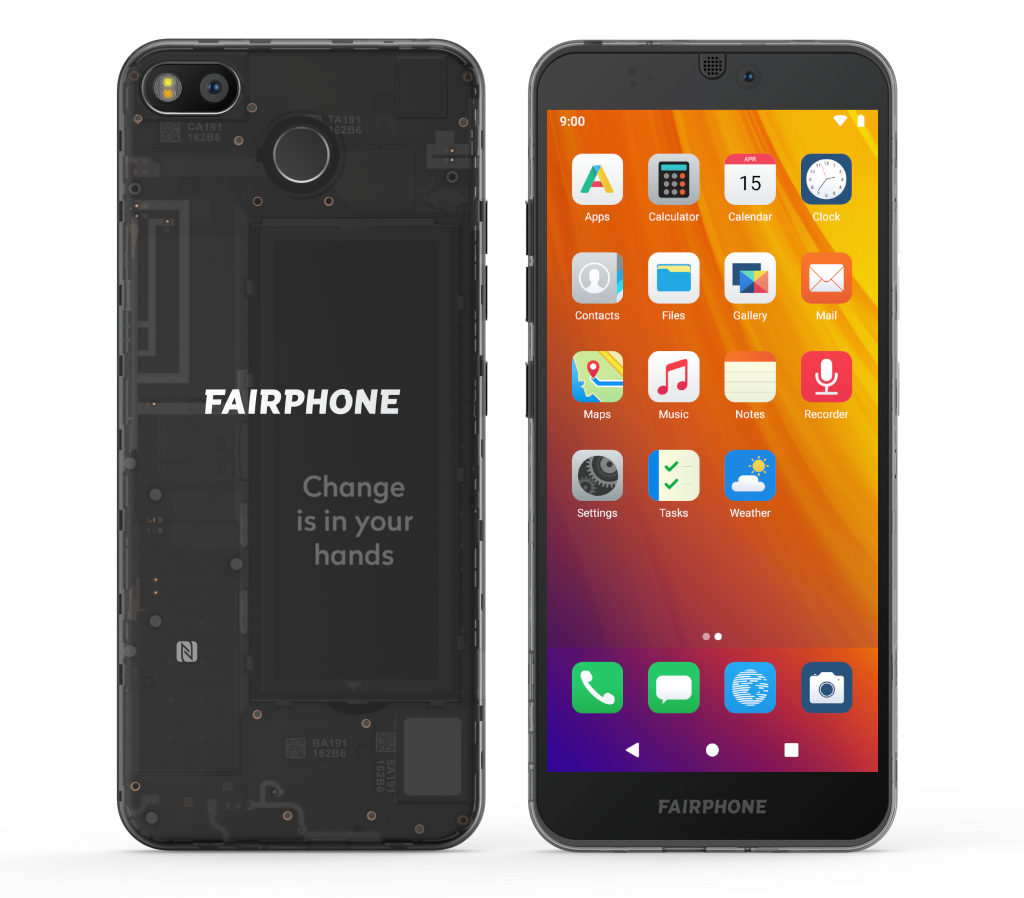
In case you are wondering, yes, it is an official partnership with efforts made on both ends. The device comes with a locked bootloader and /e/OS, a LineageOS fork, deGoogled ROM focused on user data security and privacy. So, privacy enthusiasts now have an ethical device as a replacement for Pixel devices and they still get to keep their bootloader locked to have minimum friction with evil SafetyNet technology deployed by Google’s Android system as used by many popular Android Apps.
FairPhone is a live example and a case study on ethical, environment friendly, sustainable smart-phones that can live long while respecting your consumer rights and data privacy with minimal efforts by a consumer.







